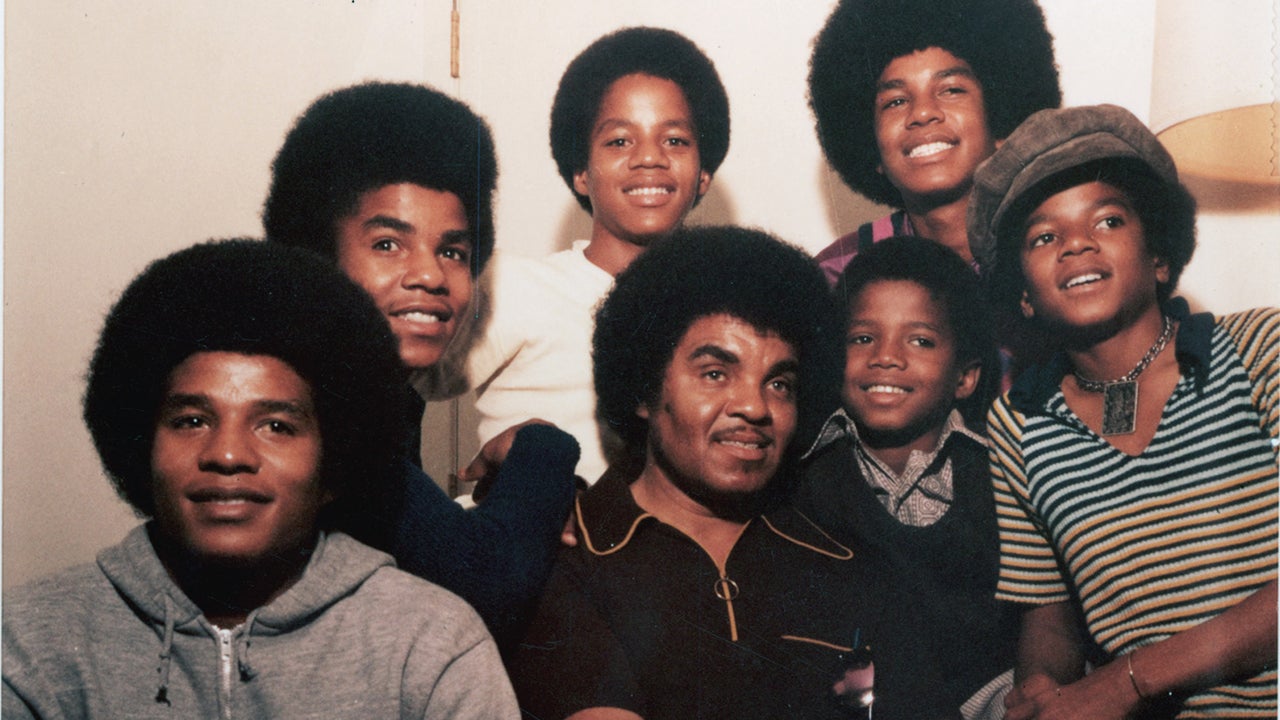"What are you?" they'd ask, head tilted and eyes squinted.
"Black," I'd reply.
"No ... but like, what else are you? I know it's not all black."
So went a typical interrogation by my peers as a kid. With skin lighter than even some who identify as White and hair that streaks blond in the sun, I've never been offended by the question, although I have since changed my response. To the more politically correct question that I'm asked in adulthood — "Where are you from?" — I would recite my ethnic makeup, followed by a definitive, "But I identify as Black." (If I feel like being a wise ass, I'll simply reply with "New Jersey.")
These are the questions that Dr. Yaba Blay and photographer Noelle Théard encourage us to wrestle with in
(1)ne Drop: Shifting the Lens on Race. Featuring the perspectives of 58 people who identify as part of the larger "racial, cultural, and social group generally referred to and known as Black," the book combines candid memoirs and striking portraits to explore the complexities of Black identity and celebrate an individual's right to self-identify.
(1)ne Drop's title derives from the "one-drop rule" — a (successful) attempt to define blackness in America as one drop, or at least 1/32, of Black ancestry for the economic, social and political purposes of distinguishing a Black person from a White person. I say "successful," because the one-drop rule still holds cultural weight today, especially with regard to how we value light and dark skin. For this reason, Dr. Blay aims to "challenge narrow yet popular perceptions of what Blackness is and what Blackness looks like."
"I think the context that we live in shapes the way you identify yourself, and the way others identify you," says Dr. Blay. And therein lies the power of
(1)ne Drop. From Zun Lee, a man who has always identified as Black despite being phenotypically Asian, to Sembene McFarland, a woman whose vitiligo bizarrely blurs other people's perception of her race, to James Bartlett, a man who is mistaken for Italian, Arab or Hispanic depending on what U.S. city he's in,
(1)ne Drop narrates a story of blackness that is not bound by looks, but that is fluid and empowered by the act of self-identification.
.
8. Brandon Stanford – “African American”
.
"My consciousness never really allowed me to think of myself as anything else but Black or a person of African descent. Anyone who has had the opportunity to get to know me never questions my race. They never question me being Black. Never. Regardless of my complexion. But for those who don't necessarily know me, based on my phenotype and their perception, I've had some interesting experiences."
.
.



 to Jasmine for not being a sellout like her brothers. But why do so many Black Celeb Families try their best to wipe out their blackness?
to Jasmine for not being a sellout like her brothers. But why do so many Black Celeb Families try their best to wipe out their blackness?







 "
"


